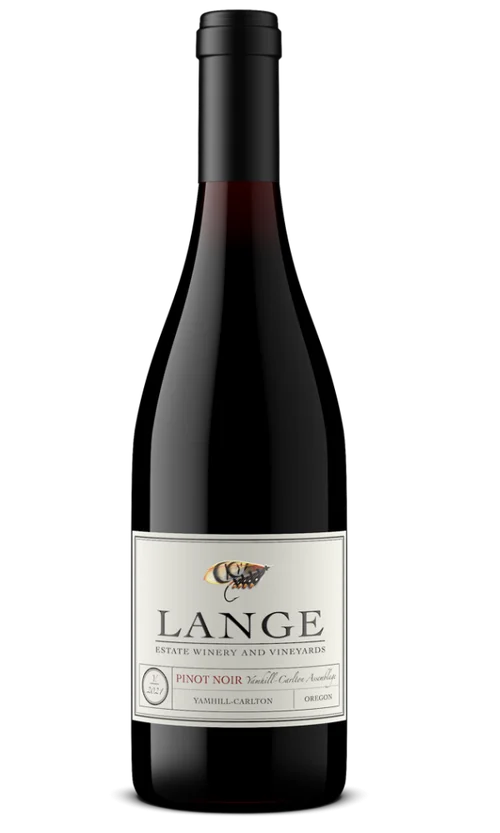About Willamette Valley
About Willamette Valley
When it comes to AVAs located outside California, Willamette Valley is at the top of the list. Located in western Oregon, this wine region occupies over 3 million acres of land. Starting just south of Portland, Willamette Valley continues south for approximately 120 miles, spanning the river valley of the same name. The Willamette River is a tributary of the Columbia River, which lies at the border of Oregon and Washington. To the east of the valley is the Cascade mountain range. To the west, the Oregon Coast Range. This range separates Willamette Valley from the Pacific Ocean. Wine is produced throughout the region, however, the hills south-west of the Portland area are home to the greatest concentration of vineyards. The Willamette Valley wine region is comprised of six appellations. These include Dundee Hills AVA, Chehalem Mountains AVA, Ribbon Ridge AVA, Eola-Amity Hills AVA, McMinnville AVA, and Yamhill-Carlton District AVA. Due to the growing conditions, Pinot Noir reigns throughout the region.
History
Pioneers began to settle in this region of Oregon at the beginning of the 19th century. Since that time, the area has remained the most densely populated region of the state. However, viticulture didn’t begin here until the 1960s. At that time, students from the Davis campus of University of California came seeking a place better suited than California for growing Pinot Noir. Willamette Valley came into the spotlight in 1979 when a Pinot Noir from the area placed in the top three at the Gault-Millau French Wine Olympiades. From then on, plantings along with international attention started steadily increasing. In 1984, Willamette Valley was granted AVA status. In 2002, wine producers worked together to petition for the formation of the six smaller AVAs that now help define the region. All six were established between 2004 and 2006.
Terroir
Conditions in the Willamette Valley are predominantly cool to mild and somewhat moist. This is largely why the region is ideal for the growth of Pinot Noir. While influence from the Pacific Ocean is prevented by the presence of the Oregon Coast Range, the climate is still maritime. This is characterized by an ocean breeze that drifts into the valley through gaps in the mountains. Winters are marked by higher amounts of rainfall. The summers, on the other hand, are dry and sunny with cooler temperatures in the evenings. This results in perfect ripening conditions. Autumn rains compliment the early-ripening Pinot Noir grape. Due to changing weather conditions throughout the region, the vineyards display a wide variety of profiles.
The hills of Willamette Valley contain soils that are much less fertile. There’s also less chance of frost in these areas, which is why more vineyards are found in the hills. Ancient lava flows and tectonic shifts have resulted in a high concentration of Jory, which is an iron-rich, red soil. Other sedimentary soils throughout the valley hills contribute to the ideal growing conditions. While the fertile silt in the valley floor isn’t well suited for viticulture, it’s great for other crops such as hazelnuts and hops, which are used to make beer.
Meta: When it comes non-Californian AVAs, Willamette Valley in Oregon is one of the most important in the country. Learn more about this lush, Pinot Noir region.




















